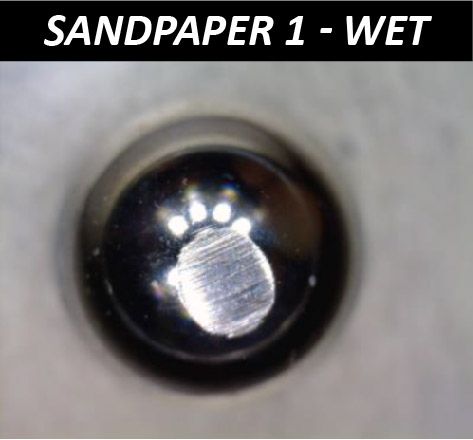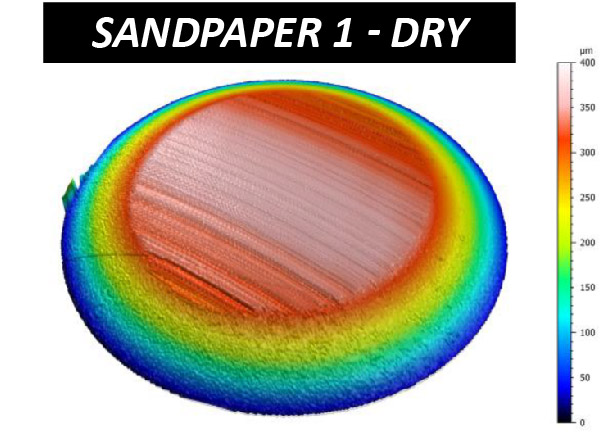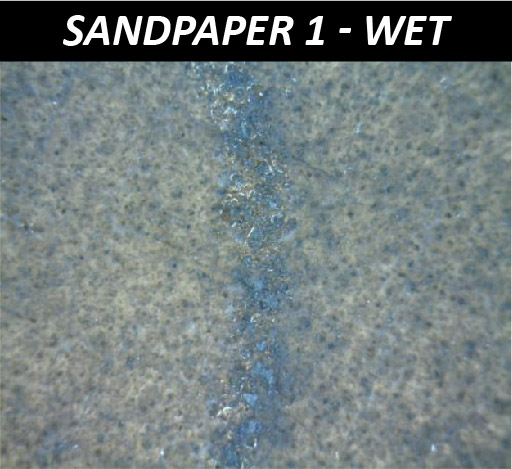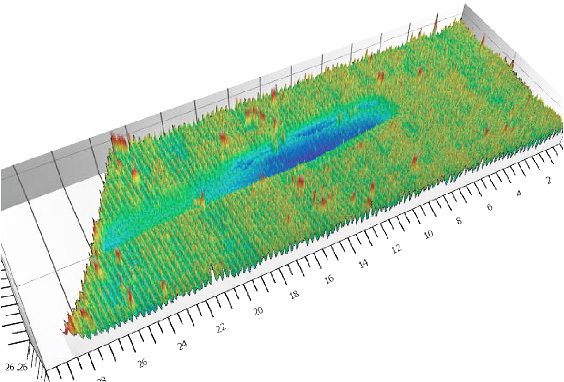INTRODUCCIÓN
El papel de lija consiste en partículas abrasivas pegadas a una cara de un papel o tela. Pueden utilizarse diversos materiales abrasivos para las partículas, como granate, carburo de silicio, óxido de aluminio y diamante. Las lijas se aplican ampliamente en diversos sectores industriales para crear acabados superficiales específicos en madera, metal y paneles de yeso. Suelen trabajar en contacto con alta presión aplicada a mano o con herramientas eléctricas.
IMPORTANCIA DE EVALUAR EL RENDIMIENTO A LA ABRASIÓN DEL PAPEL DE LIJA
La eficacia del papel de lija suele venir determinada por su rendimiento de abrasión en distintas condiciones. El tamaño de grano, es decir, el tamaño de las partículas abrasivas incrustadas en la lija, determina la velocidad de desgaste y el tamaño de rayado del material lijado. Las lijas con un número de grano más alto tienen partículas más pequeñas, lo que se traduce en velocidades de lijado más bajas y acabados superficiales más finos. Las lijas con el mismo número de grano pero fabricadas con materiales diferentes pueden tener comportamientos distintos en condiciones secas o húmedas. Se necesitan evaluaciones tribológicas fiables para garantizar que el papel de lija fabricado posee el comportamiento abrasivo deseado. Estas evaluaciones permiten a los usuarios comparar cuantitativamente los comportamientos de desgaste de diferentes tipos de lijas de forma controlada y monitorizada con el fin de seleccionar el mejor candidato para la aplicación deseada.





















































